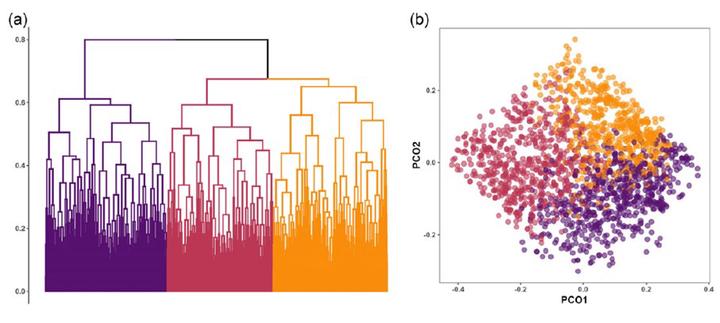Tailoring interventions through a combination of statistical typology and frontier analysis: a study of mixed crop-livestock farms in semi-arid Zimbabwe

Abstract
An innovative methodological approach combining statistical typologies and stochastic frontier analysis was applied to data collected from 1840 mixed crop-livestock farms in six districts of Zimbabwe, representative of semi-arid areas of the country. The average annual cereal production was 362 kg farm-1, and the average annual livestock offtake was 0.64 +/- 1.32 Tropical Livestock Units (TLU) farm-1. Our results demonstrate there is scope to increase cereal and livestock production by 90.7% and 111.9% relative to current production levels, respectively, with more efficient use of existing resources and technologies. Rainfall was found to have a strong effect on cereal production, highlighting the need for climate-smart practices. Livestock mortality (0.59 +/- 1.62 TLU farm-1) was found to be in the same order of magnitude as livestock offtake (0.64 +/- 1.32 TLU farm-1). Cereal production was supported by livestock, demonstrating the importance of crop-livestock interactions in these mixed farming systems. Three farm types were identified in our analysis. Crop-oriented mixed farms (31%) are likely to be the ones most responsive to crop-specific interventions e.g., crop rotation and integrated pest management. Livestock-oriented mixed farms (34%) are likely to benefit the most from livestock-specific interventions, e.g., home feed. Mixed farms dependent on off-farm activities (36% of the sample) may require nutrition-sensitive and laboursaving sustainable intensification technologies to benefit from their limited resources. Reducing cattle mortality is a priority for all three farm types. The method proposed here could be adapted to other contexts characterized by heterogeneous farming populations to target interventions.